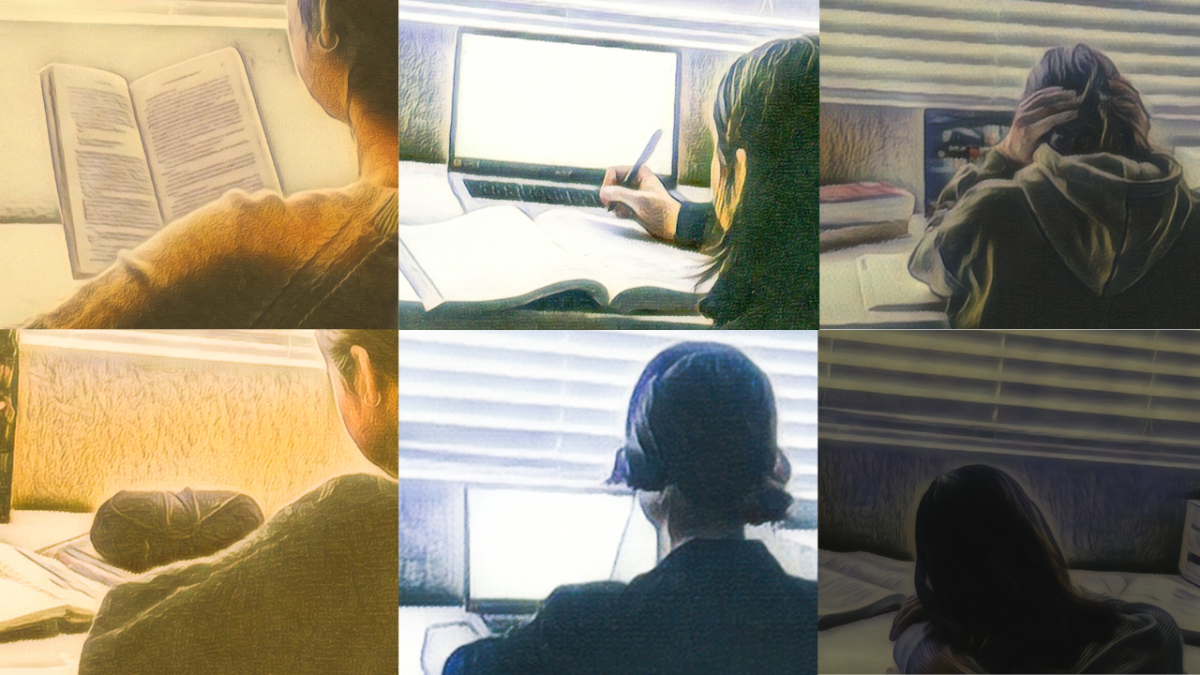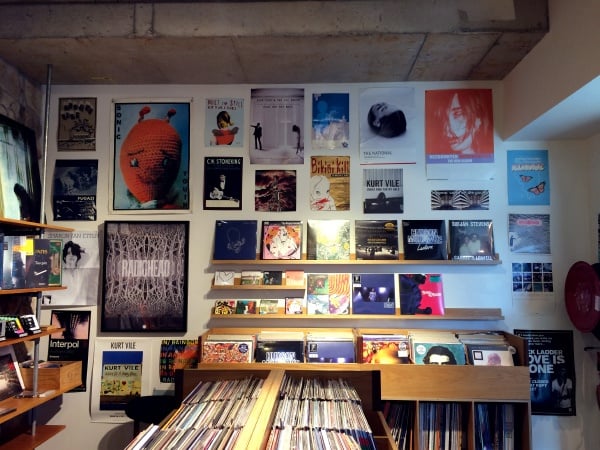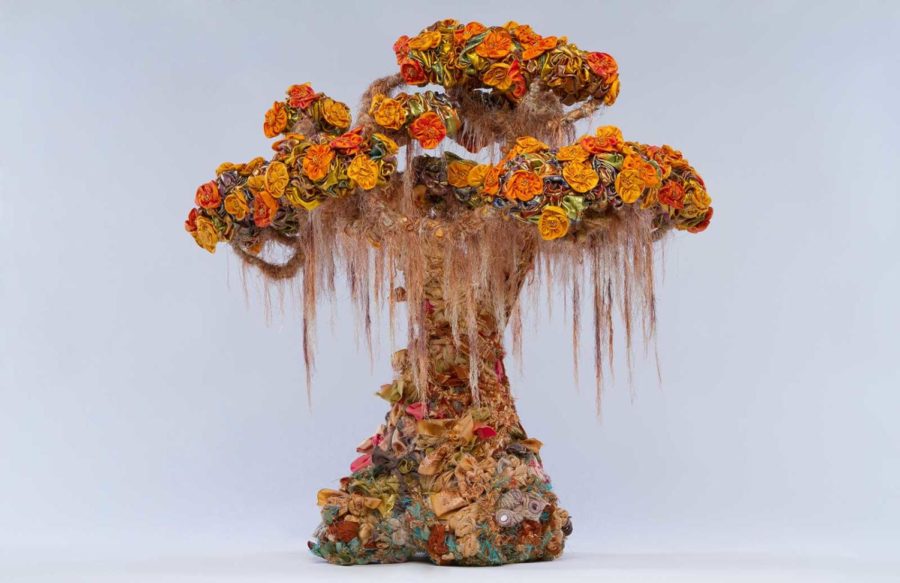Understanding Upcycled Art
January 23, 2023
As trash continues to accumulate on our planet, people must persist in finding ways to deal with it. While some of our waste is sent to be composted or recycled, the majority of it is sent to landfills, where it will gradually decompose over time. Because of the rise in mass consumerism, the amount of trash that is generated skyrockets; however, the amount of space is limited, leaving people to question whether there are alternative ways to manage waste. One such option is to create upcycled art.
Upcycling is the process of using materials that are seen as worthless to create something of higher value. For instance, plastic water bottles could be transformed into a terrarium, or used cardboard could become a storage box. As the name suggests, upcycled art is the reuse of unwanted materials to create products of artistic value, instead of solely economic and social value. Artists may find obsolete materials – such as bottle caps, computer parts, and newspapers – to rearrange to construct a more visually appealing creation.
When creating upcycled art, numerous artists have the intention of sparking environmental awareness among their audience. By giving unwanted materials a “second life” in their projects, artists highlight the human tendency to quickly move on from one thing to the next; since we live in a consumeristic society, people are always seeking to purchase the newest and most efficient products, leading them to dispose of the things they no longer deem fit for their lifestyle. Through their efforts to emphasize the consequences of mass consumerism, artists hope to encourage their audience to be more mindful of their economic decisions (Iberdrola).
Artists may also create upcycled art in an effort to directly contribute to reeducing pollution in a specific part of the world. An example of this can be seen as Hawaii Pacific University’s Center for Marine Debris Research offers monetary incentives to fishermen who assist in removing commercial fishing gear, like cast nets and ropes, from the ocean. This project was initially launched to address the growing concern of animals and water vessels becoming entangled in the debris, but the focus has also shifted toward raising awareness of ocean pollution. Once the debris is collected, it will either be repurposed or converted into electricity for local residents. With this disposed fishing gear, artists will hopefully create works that can inform others about the dangers of marine debris (ABC News).
Our own arts program at YLHS also participates in creating upcycled art. Juliana Neemeh (12) describes how she and her class “created portfolio collages out of used magazines, which allowed [them] to add creative value to magazines that no one planned to read anymore.” Creating art by collaging prevents these magazines from becoming waste, which thereby decreases the amount of trash directly sent to landfills. Even if upcycled art may seem to only have negligible environmental impacts, the process of creating it will have the long-term effect of minimizing waste. Next time, before you throw something away, consider whether it can be transformed into upcycled art!




































